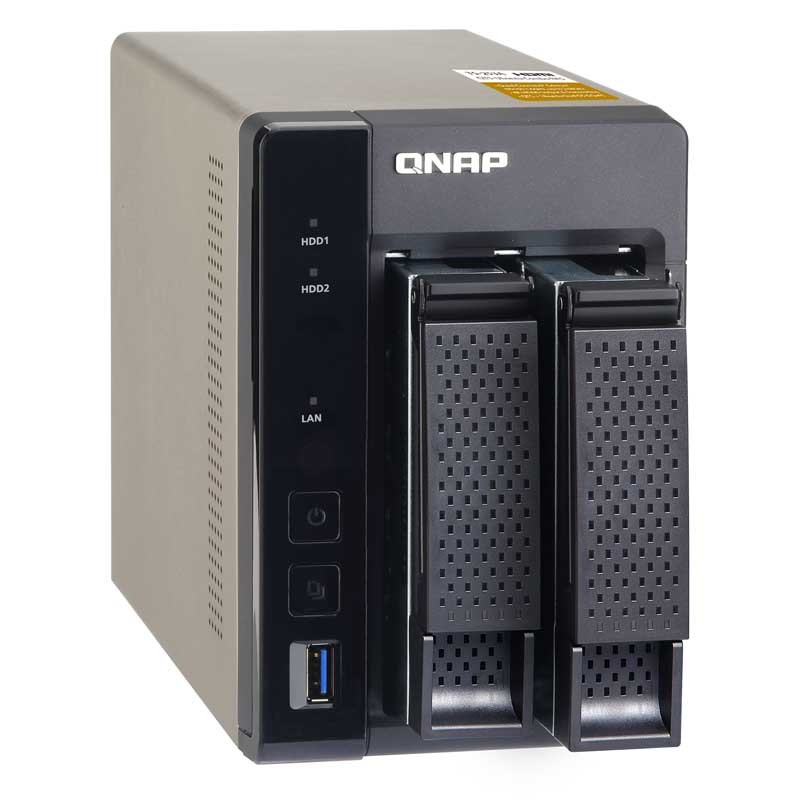

My experience with getting TorGuard working wasn't the smoothest journey to say the least. You will also have to add the additional environment variables TORGUARD_USER and TORGUARD_PASS or fill them in into the script directly (see curl command). #!/usr/bin/bash pubkey = $(grep PrivateKey " $ /api/v1/setup" This is an example of how your wg0.conf should look like. Why would you need this? Wanting to route traffic from other containers over the vpn is probably the most used scenario. Every port in this list will be blocked on the vpn interface, so that there's no risk that they might be exposed to the world via the vpn (mostly there in case your vpn provider screws up and piece of mind). If you need to expose additional ports you can use VPN_ADDITIONAL_PORTS, for example VPN_ADDITIONAL_PORTS=7878/tcp,9117/tcp. If for any reason there's a failure trying to setup ip6tables rules, you'll probably need to do sudo modprobe ip6table_filter on the host, this will mostly happen on systems that have ipv6 completely disabled.
#Qnap duplicacy full#
If your vpn provider supports ipv6 and you keep it enabled, you'll have full ipv6 connectivity over the vpn connection (confirmed with Mullvad). The WireGuard configuration should not have any ipv6 related stuff when ipv6 is disabled, otherwise creating the interface will fail. The part with .disable_ipv6=0 can be removed or set to 1 if there is no need for ipv6, no attempt will be made in that case to set ip6tables rules and can prevent an error if the module ip6table_filter isn't loaded on the host. There needs to be a file wg0.conf located in /config/wireguard and you need to set the variable VPN_ENABLED to true for the VPN to start. This is probably not going to work if your OS has no kernel with WireGuard support. This image comes bundled with the alternative Web UI VueTorrent, to enable it you'll have to adjust your settings like pictured below. It should be in the format xxxx/tcp,xxxx/udp, take a look at the default with docker logs (variable is printed at container start) or docker inspect.


Under certain circumstances it's required to run the WebUI on a different internal port, you can do that by modifying the environment variable WEBUI_PORTS accordingly. You can click on the tag's name to go to its corresponding branch on GitHub, clicking the commit sha brings you to the git diff of that commit. The docker repository is mainly in sync, unless builds fail or commits are pushed for which no builds are started (usually indicated with in the commit message). With Linux and ZFS, QuTS hero supports advanced data reduction technologies for further driving down costs and increasing reliablility of SSD (all-flash) storage.The above table reflects the current state of the Git repository. QuTS hero is the operating system for high-end and enterprise QNAP NAS models. WIth Linux and ext4, QTS enables reliable storage for everyone with versatile value-added features and apps, such as snapshots, Plex media servers, and easy access of your personal cloud. QTS is the operating system for entry- and mid-level QNAP NAS.


 0 kommentar(er)
0 kommentar(er)
